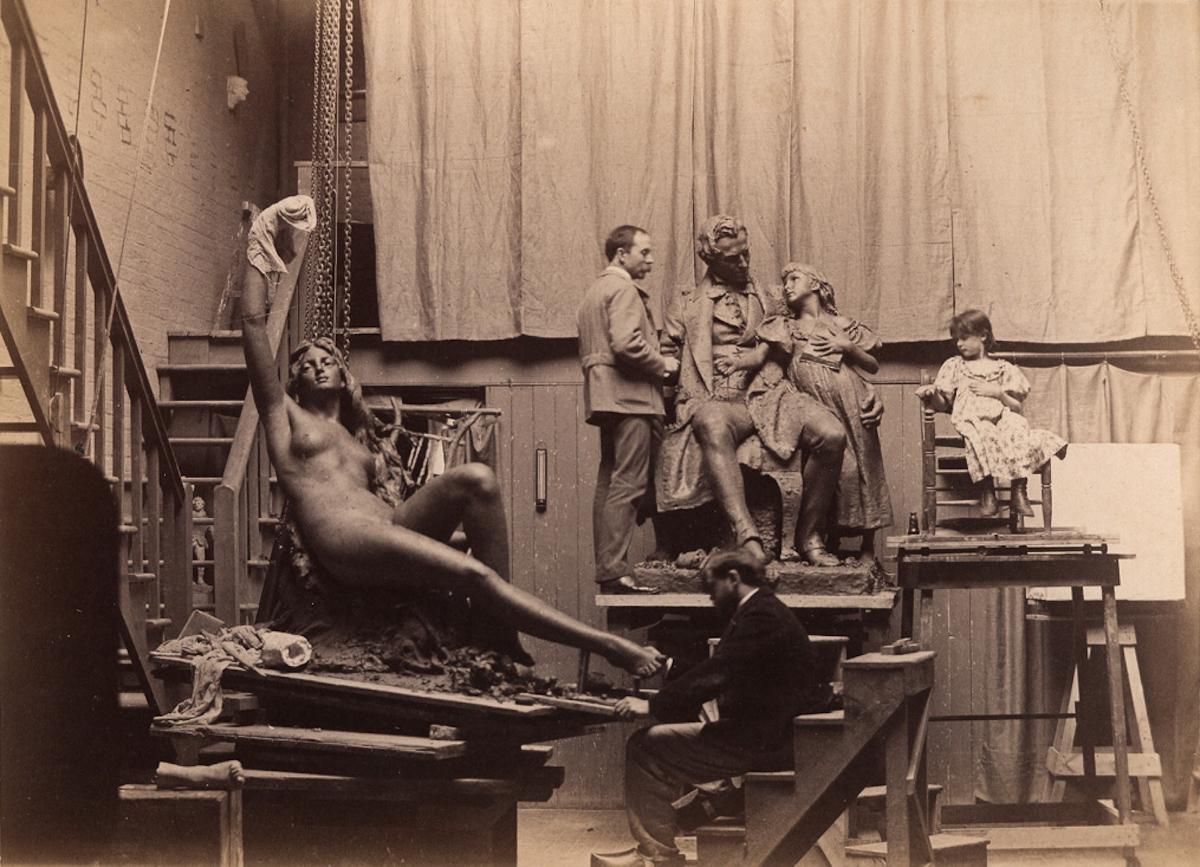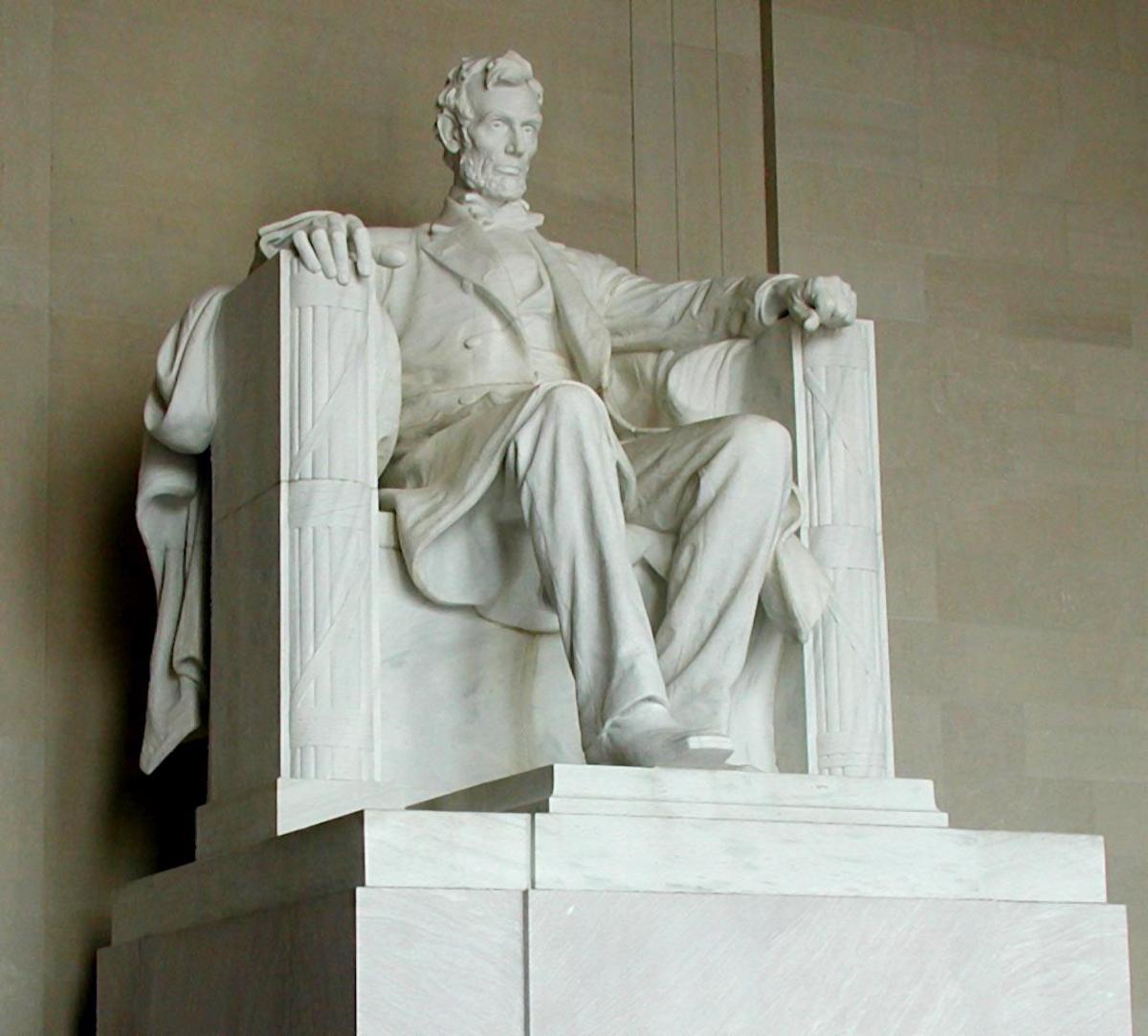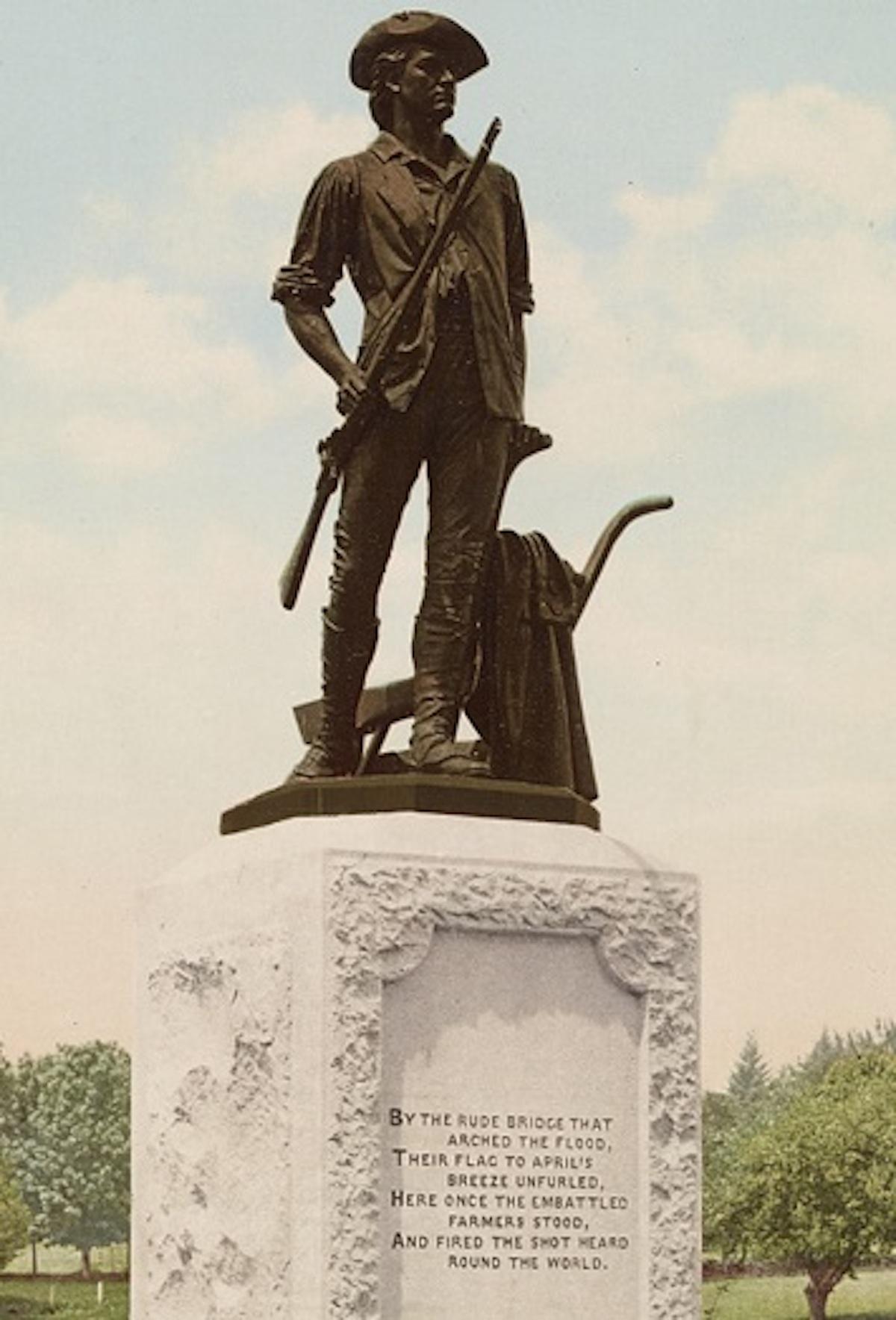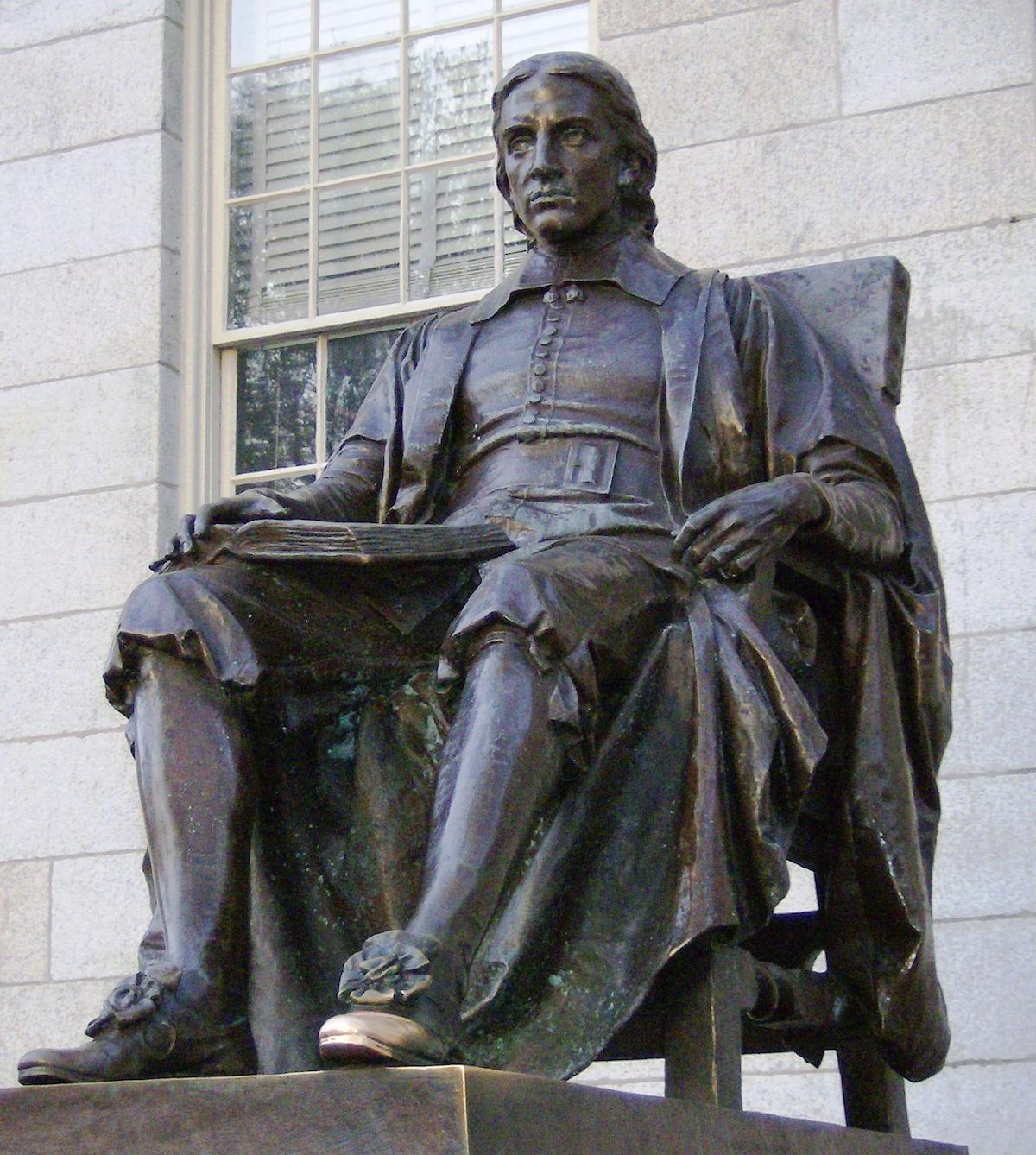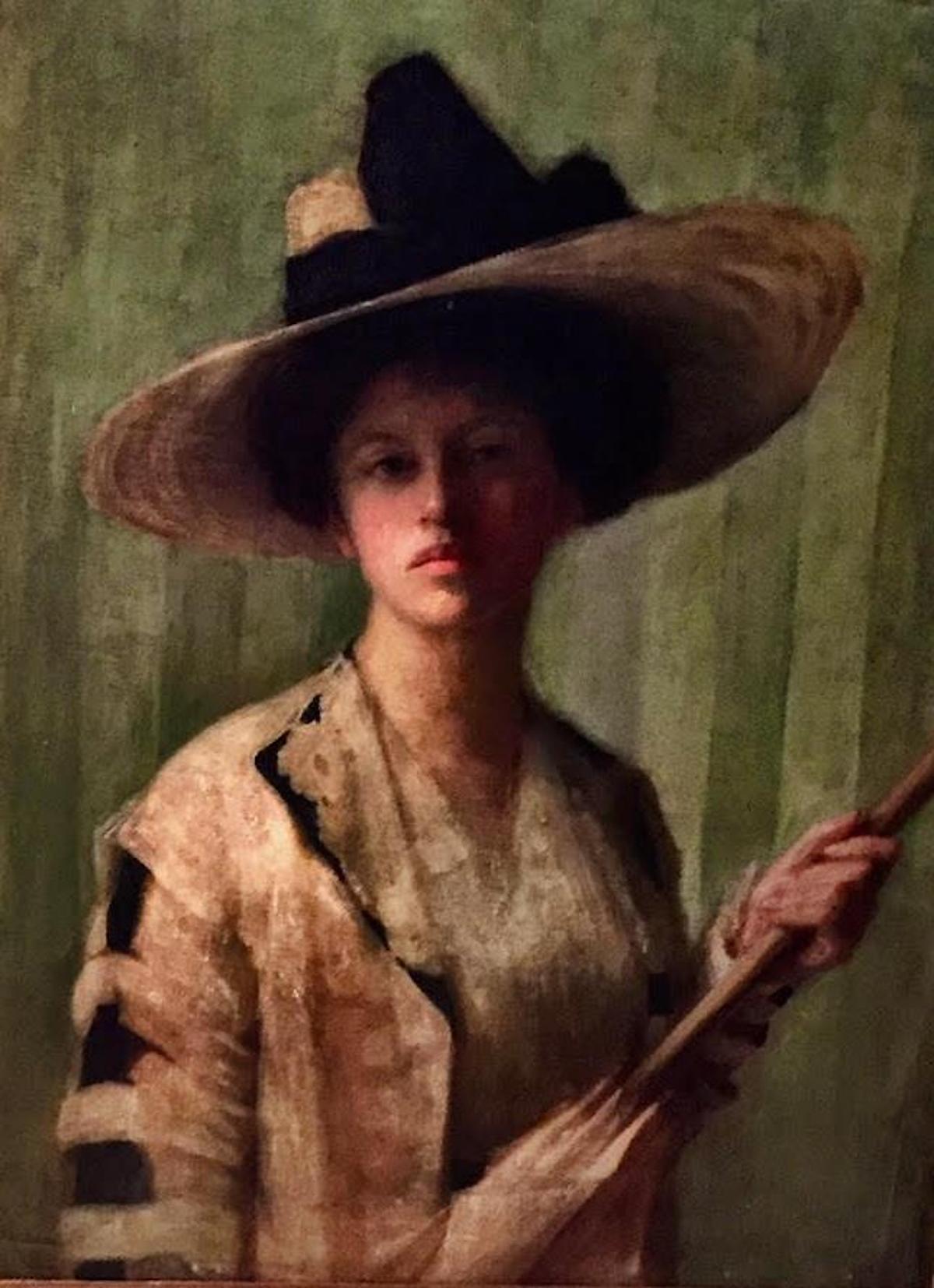The Berkshires, a lush region of mountains, rolling green hills, and picturesque farmland in western Massachusetts, has long attracted artists looking to escape the summer heat and the frenetic year-round activity of nearby cities, New York, and Boston. One of those artists seeking a rural respite was American sculptor Daniel Chester French (1850-1931) who, near the height of his fame in 1896, bought 150 acres of farmland in Stockbridge, Massachusetts. With the help of his friend, architect Henry Bacon (1866-1924), he transformed a former farmhouse and barn into his summer estate and studio known as Chesterwood.
Designed in 1901, this quietly elegant Georgian Revival style home surrounded by tranquil gardens and an adjacent studio became French’s preferred working environment. It was at Chesterwood where he created the preliminary drawings and six-foot scale model of his most acclaimed work: the colossal, seated figure of Abraham Lincoln which occupies a prominent place under the portico of the Bacon-designed Lincoln Memorial on the Mall in Washington, DC.




